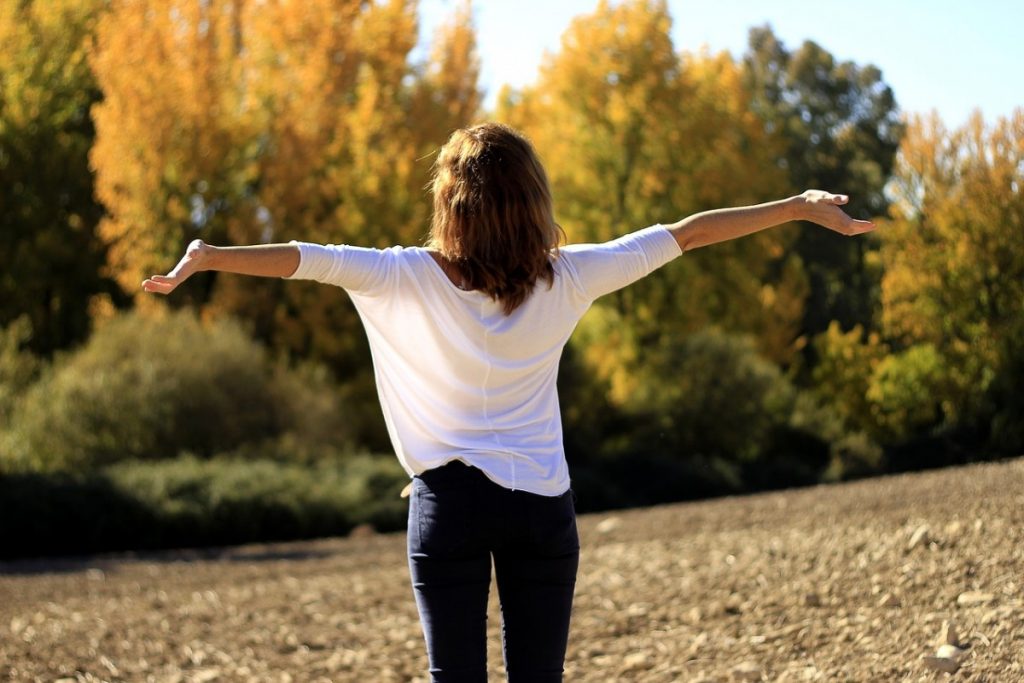To yawn is the simplest breathing exercise you can perform.
Unfortunately, in our part of the world, we have defined yawning as something that is impolite, and given it associations it should not have – such as boredom and rudeness.
Sometimes we yawn because we are tired. The body attempts to increase our energy by providing more oxygen, but this is not the most common reason for yawning.

Your body wishes you well and constantly attempts to strike a good balance.
Your body wishes you well and constantly attempts to strike a good balance. Actually, this is something that happens all the time, every single minute. When you feel the need to yawn, it is because your body tries to remove tension and increase relaxation. Our autonomic/unconscious nervous system consists of two parts: The sympathetic nervous system (the stress response) and the parasympathetic nervous system (the relaxation response). Normally, the two are in balance, but in our part of the world many people are subjected to, and subject themselves to, so much noise and stress that the stress response is active most of the time. In the long term, this causes illness.
How to break the stress response – yawn
We can break the stress response by yawning, sighing or taking a deep breath. When we do that, we activate the body’s relaxation response. Deep breathing connects us to our bodies, which is a prerequisite to getting in touch with our emotions. When we breathe calmly and deeply, we are fully present in life for good and ill. Yawning stimulates deep breathing because the body finds peace. When we are at peace, we can process and move on. Breathing expands and promotes movement. It makes room for more.
As life goes by, our natural breathing pattern changes
A newborn child instinctively knows how to breathe and needs no guidance. Babies breathe with their entire bodies. As life goes by, our natural breathing pattern changes. We protect ourselves against ignorance, rejection, criticism and lack of care, and our breath automatically becomes more shallow and strained. The body protects itself by means of contraction. This is particularly true for the diaphragm, which becomes stiff and inflexible over time, which in turn changes our breathing and makes it more strained. Unconsciously, we develop a shallower, faster breath, and to sustain it we need to employ some of the musculature in our shoulders and necks. This stresses the body. A repressed breathing pattern prevents good movement. We lose the natural flow of our bodies. We shut down.
Yawning is to give our diaphragm a massaged from within.
When we yawn, the diaphragm is massaged from within, which can help the large muscle regain its natural flexibility and movement. When we fill our lungs with air by taking a breath, the diaphragm is pushed downwards and the stomach expands, and when we exhale, the muscle slowly contracts. This movement of the diaphragm massages the internal organs, and improves blood flow and lymph drainage.
Yawning is the simplest breathing exercise we can perform. This is particularly useful if we allow ourselves to yawn several times in a row.
When we are really tense, we do not yawn. In such cases, we have to pretend to yawn until natural yawning takes over: Stretch to your full height with your arms above your head. Open your mouth, move your jaw back and forth and let your tongue follow the movement of the jaw. Continue until you begin to yawn. Let one yawn follow another.
Yawn as you start the day
Start the day in bed by stretching to your full height, and yawn as many times as you can. Take a short break each hour during the work day to stretch and yawn. If you are nervous before a presentation, performance or speech, simply stretch and yawn. Every time you do this, you interrupt the body’s stress response and activate its relaxation response.

What do you wish to tell your body?
We are constantly sending our bodies messages through the way we breathe. What do you wish to tell your body?
Essentially, you have two choices:
1. Short and shallow breathing tells the body to increase the speed of breathing, the stress response is activated and the stress hormones adrenaline and cortisol are released – your body is in a state of alert. Strained breathing stresses the body. When you only breathe with the upper part of your lungs, you obtain less oxygen per breath, which means you have to breathe faster. This triggers a series of physiological changes in which blood vessels contract, blood pressure increases and the body becomes tense.
2. Calm and deep breathing or yawning tells the body to activate the relaxation response. When you breathe deeply, to the point where your stomach rises, your blood pressure and pulse drops, your blood vessels expand, increasing blood flow to internal organs, and your body relaxes. You are present in your life.

Marianne Magelssen is a qualified nurse, coach and mindfulness instructor. Today, she is an author and lecturer.
Marianne has written the books Kjære Gud, kommer du snart? Det er så rotete her (Dear God, Are You Coming Soon? It Is So Messy Here) and Pust for livet (Breathing For Life).
Kjære Gud, kommer du snart? Det er så rotete her is a personal account of what happens when an event triggers unprocessed sorrow, and touches on jealousy, the victim role and the importance of being kind to yourself.
Breathing For Life is a best-selling book about handling stress, changing your behaviour and being present.

